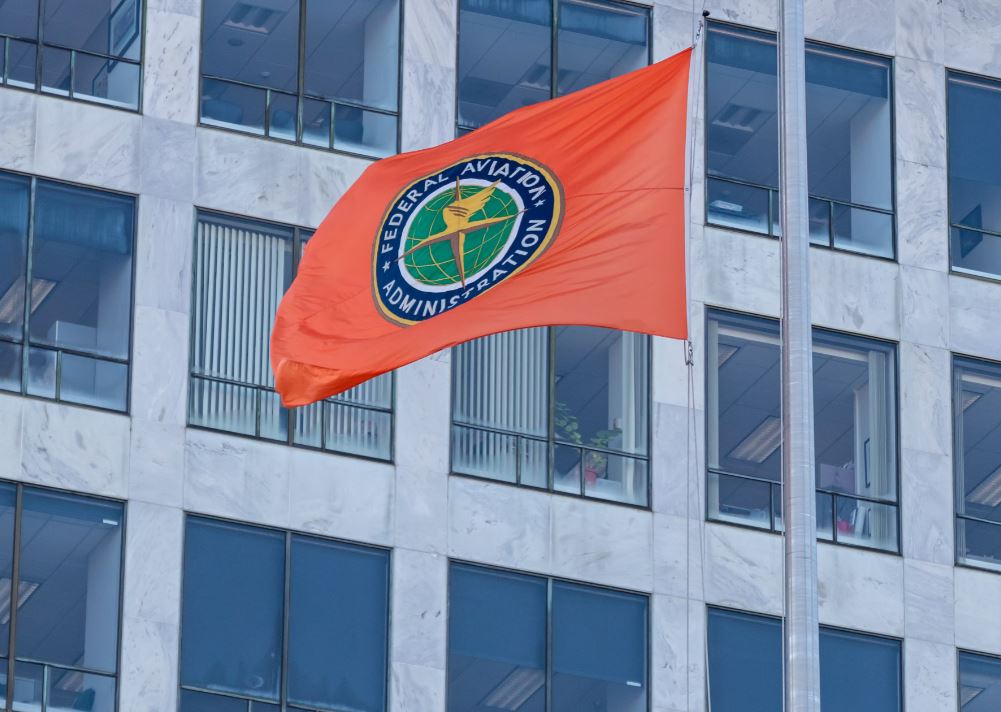
According to the Simply flying report, the Federal Aviation Administration (FAA) has taken steps to prevent another large-scale flight disruption, as was witnessed on January 11th, from happening again. The reason for the headline-making event was traced to an unintentional error in IT procedures but highlighted the need for stricter protocols for such critical processes.
On January 11th, more than 10,000 flights in the US were delayed, and over 1,300 were canceled. Flight disruption on such a scale in the US was not seen since the September 11th attacks in 2001.
The reason behind this was the failure of the FAA's Notice To Air Missions (NOTAM) system, which is critical for relaying essential information to flights, and started affecting all flights moving in, out, and within the US.
The FAA informed that the system was down via an Air Traffic Control System Command Center (ATCSCC) Advisory, stating that the US NOTAM system failed at 2028Z (20:28 Zulu, or UTC). It was the first time in history that NOTAM had entirely failed. But investigation revealed that the issue was caused by personnel who deleted files unintentionally in NOTAM's database.
Changes implemented
Concerned about human errors affecting nationwide flights like this, the US House of Representatives sought legislation requiring updates "to ensure the stability, resiliency and cybersecurity of the NOTAM computer system," as stated by Representative Pete Stauber, a Republican sponsor of the bill.
A letter by acting FAA Administrator Billy Nolen and seen by Reuters states the changes made in the procedures to prevent such an outage from happening again. The letter highlights multiple safeguards, such as implementing an hour-long delay in synchronizing information with the backup database to prevent data errors.
Reuters report quotes the FAA as now requiring "at least two individuals to be present during the maintenance of the NOTAM system, including one federal manager." The letter also highlights the ongoing modernizing of the NOTAM system, which currently is made up of a 30-year-old legacy NOTAM system and a newer Federal NOTAM System.
The legacy NOTAM system is scheduled to be phased out by 2025, and phase 2 of the system's modernization is expected to be complete by 2030.
All this has brought the focus back on the FAA's funding, with Delta Air Lines CEO Ed Bastian putting the responsibility for such failures on US lawmakers for underfunding the country's aviation authority. He commented,
"[The outage] is not the FAA's fault. I lay this on the fact that we are not giving them the resources, the funding, the staffing, the tools, the technology they need. Hopefully, this will be the call to our political leaders in Washington that we need to do better."
Calls for modernizing US's airspace systems have been circulating for a long time. Hopefully, the recent incident would kickstart the changes required to make the FAA better equipped and resourced to function effectively.
